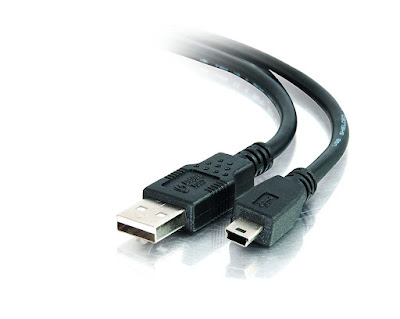USB for All: A Complete Guide to USB Connectors and Their Uses
There are several different types of USB (Universal Serial Bus) connectors and ports, each with its unique features and capabilities. In this article, we will take a closer look at the various types of USB connectors and their applications.
- USB Type-A
USB Type-A is the most common type of USB connector and is used for connecting a wide variety of devices, including keyboards, mice, printers, and external hard drives. It is a rectangular shape with four pins inside.
- USB Type-B
USB Type-B connectors are primarily used for connecting printers and scanners. They are square with bevelled edges and have a single pin at the top of the connector.
- Mini USB
Mini USB connectors are smaller than the standard Type-A and Type-B connectors and are used primarily for portable devices such as digital cameras, MP3 players, and smartphones. They have a square shape with five pins inside.
- Micro USB
Micro USB connectors are even smaller than Mini USB connectors and are found on a wide range of portable devices, including smartphones and tablets. They have a rectangular shape with five pins inside.
- USB Type-C
USB Type-C is the newest type of USB connector and is rapidly becoming the standard for charging and data transfer. It is a reversible connector, which means it can be plugged in either way up, making it more user-friendly than previous USB connectors. USB Type-C can support data transfer rates up to 10 Gbps and power delivery up to 100 watts.
- USB 3.0
USB 3.0, also known as SuperSpeed USB, is the latest version of the USB protocol and offers faster data transfer speeds than previous versions. USB 3.0 can transfer data at speeds up to 5 Gbps, which is ten times faster than USB 2.0. USB 3.0 connectors are backwards compatible with USB 2.0 devices, but the transfer rate will be limited to the speed of the older protocol.
- USB 3.1
USB 3.1 is the latest version of the USB protocol and is even faster than USB 3.0. USB 3.1 can transfer data at speeds up to 10 Gbps, making it ideal for high-speed data transfer and charging. USB 3.1 connectors are backwards compatible with USB 3.0 and USB 2.0 devices, but the transfer rate will be limited to the speed of the older protocol.
The various types of USB connectors and ports serve different purposes and offer different levels of functionality. Understanding the different types of USB connectors and their applications is important for choosing the right connector for your needs. Whether you're looking for a standard USB Type-A connector or the latest USB 3.1 Type-C connector, there's a USB port or connector available to suit your needs.







Post a Comment